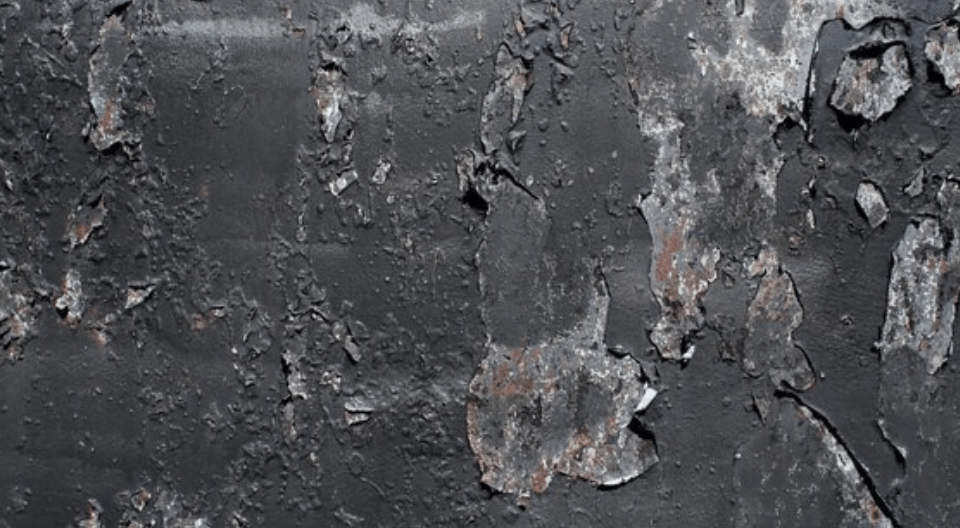
Protecting Your Home with Wall Waterproofing during the Rainy Season
The monsoon season offers a much-needed respite from the intense heat, filling the air with a refreshing coolness and the soothing sound of rain. However, alongside the beauty and relief that the rains bring, they also introduce a host of challenges, particularly the risk of water damage to your home. The constant exposure to moisture can lead to issues such as damp walls, mold growth, and structural weakening, which can be costly and difficult to repair. To safeguard your home from these potential problems, it is essential to invest in effective wall waterproofing. This process involves the application of specialised waterproofing materials and water proofing chemicals that create a protective barrier, preventing water from seeping into your walls. As the monsoons approach, ensuring your home is adequately protected becomes crucial and this is where wall waterproofing comes into play.
Understanding the Importance of Wall Waterproofing
The exterior walls of your home are the first line of defense against the elements. Prolonged exposure to rain can lead to a host of problems, including dampness, mold, peeling paint, and structural damage. Wall water proofing is a preventive measure that safeguards your home from these issues. By creating a protective barrier, it prevents water from seeping into the walls, preserving their integrity and extending the lifespan of your property.
The Impact of Water Damage
Ignoring the need for wall waterproofing can have severe consequences. Dampness can create a breeding ground for harmful mold and mildew, which can pose health risks to your family. Additionally, it can lead to a musty odour, making your home unpleasant to live in. Water damage can also weaken the structural integrity of your walls, potentially causing cracks and, in extreme cases, even structural collapse.
Choosing the Right Waterproofing Material
Selecting the right waterproofing material is necessary for effective protection. There are various options available, each with its own set of advantages. Some common choices include:
- Waterproofing cement: This is a popular choice due to its durability and affordability. It can be applied as a coating or mixed with cement for added strength, making it ideal for areas exposed to heavy moisture.
- Acrylic-based waterproofing: Known for its flexibility and resistance to UV rays, acrylic-based waterproofing is ideal for exterior walls. It also dries quickly, allowing for faster project completion.
- Polyurethane-based waterproofing: This type of waterproofing offers excellent waterproofing properties and is suitable for both interior and exterior walls. Its seamless application ensures that even the smallest cracks are sealed effectively.
- Bituminous coatings: These are thick, tar-like coatings that provide a strong water barrier. They are particularly effective in areas prone to pooling water or extreme weather conditions.
The Waterproofing Process
The wall waterproofing process typically involves the following steps:
- Surface preparation: The walls must be clean and free from dust, dirt, and loose particles. Any existing cracks or damage should be repaired before applying the waterproofing material. This step is crucial for ensuring the waterproofing material adheres properly and provides long-lasting protection.
- Application of waterproofing material: The chosen waterproofing material is applied to the walls in accordance with the manufacturer’s instructions. It’s essential to ensure complete coverage for optimal protection. Multiple coats may be necessary, depending on the material used and the level of exposure to moisture.
- Curing time: The waterproofing material needs sufficient time to cure and dry completely before applying any finishes, such as paint or tiles. During this period, it’s important to protect the surface from any contact with water or other external elements to ensure the waterproofing is fully effective.
DIY or Professional Waterproofing?
While some people opt for DIY wall waterproofing, it’s essential to consider the complexity of the project and your own skill level. For extensive waterproofing or if you’re unsure about the process, hiring a professional is recommended. They have the expertise and experience to assess your home’s specific needs and apply the appropriate waterproofing solution.
Maintenance Tips
To prolong the effectiveness of your wall waterproofing, regular maintenance is essential. Look out for any signs of damage, such as cracks or peeling in the walls. Address these issues promptly to prevent further water penetration. Additionally, cleaning the exterior walls regularly can help remove dirt and debris that might compromise the waterproofing.
In Summary
By investing in wall waterproofing and adhering to proper maintenance practices, you can effectively shield your home from the potential ravages brought on by the rainy season. The application of high-quality water proofing materials and chemicals not only fortifies your walls against moisture intrusion but also prevents the long-term damage that can result from persistent dampness. A home that is well-protected against water damage ensures not just structural integrity but also a healthier, more comfortable living environment for you and your family. The peace of mind that comes from knowing your home is safeguarded against the elements is invaluable. Remember, when it comes to wall waterproofing, prevention is always better than cure. Taking proactive steps now will save you from costly repairs and inconveniences down the road, ensuring that your home remains a safe haven, regardless of the weather outside.

